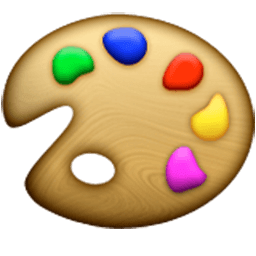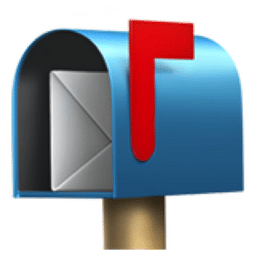In the United Kingdom, emoticons are considered the fastest growing language. Emojis have made up half of the text on Instagram since March 2015. You can order a pizza from Dominos simply by texting the pizza emoji. There are 2,666 different emojis to choose from, and people still want more. I could go on, but I think you get it; emojis are a big deal. They are a form of communication and, not so surprisingly, they are boosting marketing messages.
But it can be a fine line to convey a professional tone while also engaging with customers via emojis. Businesses have shied away from those small symbols, in part to avoid seeming trendy, but I think it’s worth looking at the facts before making a decision.
I rest my case 
There are some stats that you just can’t argue with. For example, Zazzle media, a digital agency in London, recorded that their Facebook posts with emoticons have a 57% higher like rate, a 33% higher comment rate, and a 33% higher share rate. Emojis break up blocks of text in a world of skim-readers. They jump out to the eye and give your message a bigger chance of being read.
A 2017 survey found that mobile communication is becoming even more visual with 71% of smartphone users saying they use emojis, stickers or GIFs when texting or using messaging apps. As marketers, we understand the importance of meeting customers where they are and mimicking trends we see them responding to. This is a clear shift in communication, one we can’t afford to miss out on.
And the trend isn’t slowing down. The value of emoji marketing is only growing. Google users can now use emojis to search for answers to queries. Business Insider reported that use of emojis in marketing grew by 775% in 2016.
When it comes to emails, statistics show that emails with emojis in the subject line are not only opened more frequently but result in high unique click-rates. It appears that emojis are grabbing the attention of consumers and keeping their attention. Regardless of the topic, the emoji draws them in and primes them to better receive the information they’re about to receive.
Emojis are even changing the way we interpret the law. In Israel, a judge ruled in the favor of a landlord who interpreted emoji messages from potential renters as a commitment to sign a lease. In their conversation with the landlord, the renters responded to an apartment advertisement with emojis (a smiley face, a comet, a champagne bottle, dancing yellow Playboy bunnies and a chipmunk), which the landlord understood as their agreement to rent the apartment. He took down the listing, but when they stopped responding to him, he sued. The judge ruled that the emojis did, in fact, imply a promise to rent.
How does that make you feel? 
So I’ve convinced you— emojis are the future. There are several ways you can add emojis to your marketing plans. It’s important to implement them in a strategic way, depending on the platform and your businesses goals.
Before adding emojis to your content, be sure to familiarize yourself with what each emoji means. While there are names associated with each emoticon that allude to what they mean, over time social contexts have altered these. Emoji dictionaries are available online and compile what most people agree each emoji means.
Add some emotion to your craft 
Here are some simple ways to integrate emoticons into your already existing marking plans:
1. Update Your Bio 
Make sure your Twitter and Instagram bios have emojis to represent who you are as a company. If you sell cars, add a car emoji, or if the account is for a Mexican restaurant, add a taco emoji.
2. Add an emoji to your next email subject line 
Email marketing sites like MailChimp have built emoji keyboards into their subject lines, allowing you to add emojis that are relevant to your topic. When doing this, be sure to check that most of your recipients are using an email engine that supports emojis.
3. Use emojis in your online interactions 
Be sure to use emojis in your tweets and Instagram captions, but don’t just stop there. Use emojis with engaging with others online. Emojis can be a great way to mix up responses to comments or comments on other accounts. It’s simple and can make those you’re engaging with feel heard by receiving a unique response.
4. Make your own emojis 
Custom emojis are becoming increasingly popular thanks to programs that have streamlined the creative process. At Astute, we have our own emoji too. It’s mostly used within our internal slack channel, but it’s just another way we can brand content and spark interest in our company.
Knowing when to use emojis 
When words fail or feel monotonous, emojis can add some color to your online presence, as well as boosting your engagement rate. But it’s important to remember to use an emoji when the meaning is intuitive without any context. The last thing you want to do is imply anything other than your desired meaning. In addition, you want to see emojis as extra tools to hammer home an existing message. A good rule of thumb is one emoji per subject line and a maximum of three anywhere else.
A successful emoji marketing campaign uses emojis how customers are already employing them. It’s a way to stand out, connect with buyers who call for a more intimate purchasing experience, and ultimately play the analytic game.
